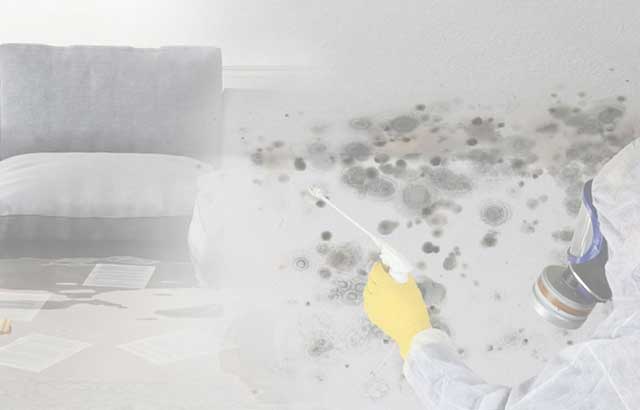Protecting Against Water Damage in the Bathroom
Protecting Against Water Damage in the Bathroom
Blog Article
Are you currently interested in selective information about How to Prevent Bathroom Water Damage?

The bathroom is very at risk for damp buildup and possible water damage because of the constant use water in it. This short article supplies simple evaluation strategies to help discovering water damages threats.
The regular use water in the bathroom makes it incredibly at risk for moist build-up and also potential water damages. By evaluating it routinely, you can minimize water relevant damages.
The following set of examinations is easy to carry out and must be done as soon as in every 3 months in order to keep your restroom healthy and also to prevent potential water damages triggered by the bath tub, the shower, pipeline joints and plumbing, sinks, closets, and also the commode
Do not neglect performing these inspections and be comprehensive while doing them. Bear in mind that these easy inspections can save you a lot of money by providing very early signs for water damages
Tub as well as Shower
The shower as well as bathtub require unique focus as well as maintenance. Check the tiles and also change if fractured. Make certain that there is no missing out on grout between the ceramic tiles. Examine and replace cracked caulking at joints where the wall surfaces fulfill the floor or the bathtub. Obstructed drains pipes as well as pipes problems will protect against the bath tub from drying out as well as may indicate significant troubles underneath the bathtub. Consult with a specialist promptly to prevent structural damages. Focus on discolorations or soft locations around the tub walls as they might suggest an interior leakage.
Plumbing
Signs for water damage are hard to find considering that many pipelines are set up inside the walls.
Pay unique interest to flooring and also walls moisture and also spots as they might suggest an unnoticeable plumbing trouble. Inspect moisture degrees in adjoining areas as well.
Sinks and also Cabinets
Sinks as well as cabinets are subjected to dampness and moisture everyday and also are usually neglected. Evaluate routinely under the sink and also on the countertop over it. Repair any kind of drip in the trap as it might suggest drainpipe problems. Check out the sink, slow draining pipes may show a blocked drainpipe. Replace sink seals if they are split or loose.
The Toilet
The bathroom is a susceptible water joint. Inspect the water lines and also search for leaks around the bathroom seat, in the hose, and also under the water tank. If you identify any type of indicators of dampness on the flooring around the toilet, check for leakages in the toilet rim as well as container seals.
Understand that hanging bathroom dish deodorants boosts the chances for blockages.
TIPS TO PREVENT WATER DAMAGE IN THE BATHROOM
The average household uses approximately 80-100 gallons of water per person per day. For a family of 4, that's almost 2,500 gallons of water a week! The largest portion of this consumption comes from bathroom use. Flushing the toilet uses the most water, followed by taking a shower or bath. With that much water running through the home, water damage in the bathroom is bound to happen. Knowing how to spot signs of a water leak is essential to preventing long-term damage. This guide provides you with tips to reduce the impact of water damage on your bathroom.
CAUSES OF BATHROOM WATER DAMAGE
Pipe breaks are the most common cause of water damage we see in our daily jobs. The age of a pipe plays a large role in a pipe break as well as corrosion. Over time, the metal begins to break down, allowing water to escape. Frozen pipe breaks are also a concern in the winter months. Toilet overflows caused by paper products or children flushing inappropriate items. Degraded caulking around the toilet or bathtub can allow water seepage, sometimes behind the fixture, into the subfloor or walls. Condensation forms when the water in a pipe is cooler than the air temperature. Beads of water form on the exterior of the pipes, sometimes so much so that the water begins to drip and pool below. Sink or shower backups created by poor drainage. HOW TO PREVENT WATER DAMAGE IN YOUR BATHROOM
Inspect your toilet supply line for worn or frayed hoses and replace them as needed. Winterize your plumbing to prevent a frozen pipe break. Use vent fans to prevent condensation that can lead to mold growth. Routinely check and replace degraded caulking around your toilet or bathtub. Increase the temperature in your toilet tank and insulate your pipes during the warm summer months to keep condensation from forming. Use child safety locks on the toilets. Flush only toilet paper. "Flushable" wet wipes are actually not good for your plumbing system. Additionally, feminine hygiene products should not be flushed. Prevent water from escaping the tub or shower. Make sure shower curtains are in good condition. Inspect shower doors and replace the seal strip if necessary. Wipe up any water that accumulates on the floor and use bath mats. Water left to sit can cause damage to the tiles and flooring. Refrain from using bath products containing heavy oils to avoid a clogged drain.

We had been shown that write-up on Preventing Water Damage in the Bathroom through a good friend on another blog. Please take the opportunity to distribute this entry if you appreciated it. Thank you so much for your time spent reading it.
Call Today Report this page